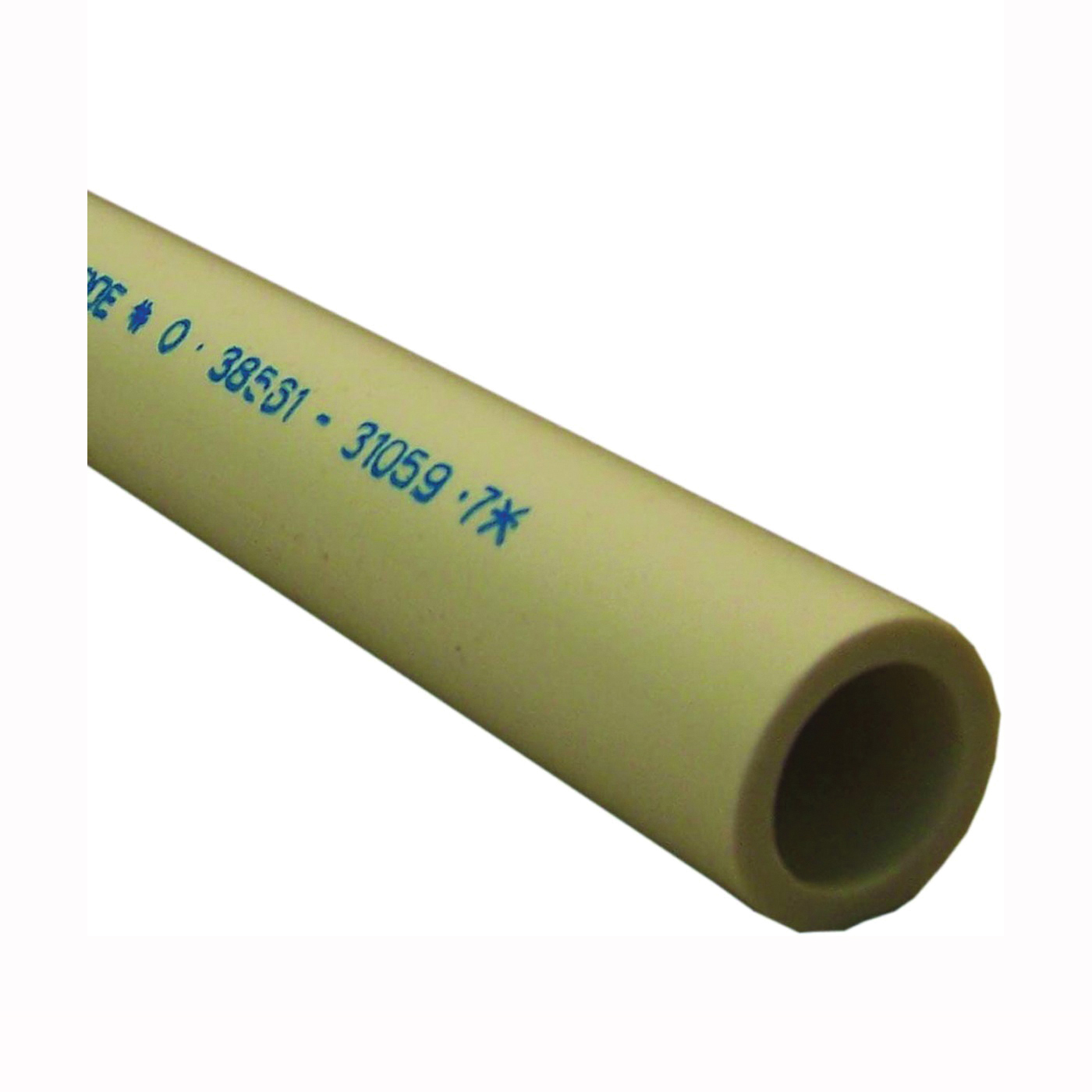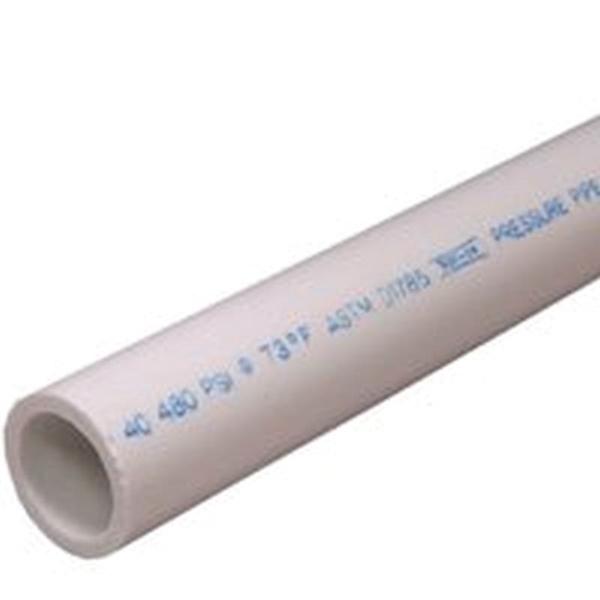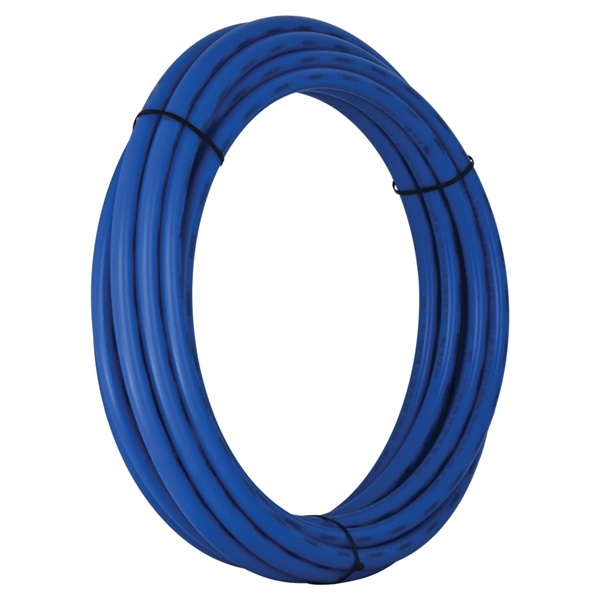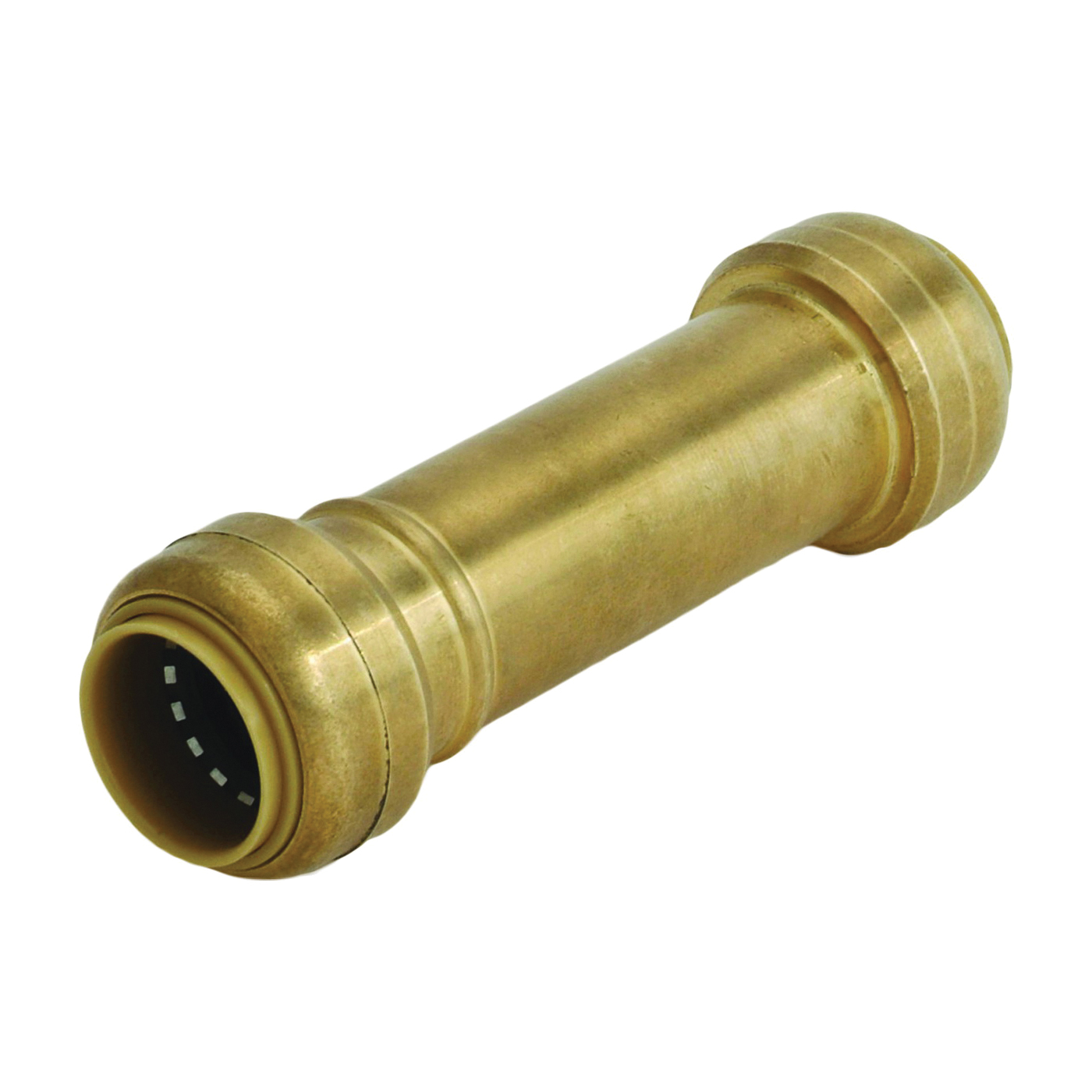

4 Steps for Fixing Water Damage
You’ve identified the source of the water—a burst or leaking pipe and shut it off. Now what do you do? Water damage can be a big deal, but try not to panic. You’re not alone, and you can get help. Whatever the damage, following these four steps will get you on your way to repairing and restoring your home.
Step 1: Safety First
The first thing you should do when a water line bursts is ensure the safety of yourself and your family. Immediately turn off the electricity to the area with water damage. Because water is an excellent electrical conductor, it can easily transfer electricity from an exposed wire to you.
If the water damage is in your ceiling, remove anything hanging from it, like ceiling fans, decorations, or soggy sheetrock. Even when the water is shut off, the existing moisture can continue to degrade the supports in the ceiling. Removing these items will prevent them from unexpectedly falling, causing injuries or additional damage to your home.
Step 2: Assess the Water Damage
Burst pipes can be a tricky repair to assess. If they are burst from a freeze, it can sometimes take days for the pipes to thaw fully and the leaks to become apparent. When evaluating the water damage, take note of any porous materials that were affected like drywall and insulation. These materials will likely need to be replaced, even if the water damage was the result of a clean-water pipe leak or burst.
If there’s any possibility you will file an insurance claim, call your homeowner’s insurance company or FEMA to find out if an adjuster must visit before you start the repair process. However, in many cases, photos may be enough. If your pipes froze, it’s wise to take pictures of your entire house. That way, after the pipes thaw, you will have a record of what your house looked like before the damage. Take a second set of photos to document the damage.
After a natural disaster, your local government and may be able to provide support while your home is being repaired. For example, local governments may waive permit fees to help during a crisis. Funds to assist with utility costs or even short-term loans for supplies could be available.
Step 3: Let it Dry
Before you tackle any but the most critical repairs (such as ensuring your home is weather-tight) ensure that everything is completely dry. Remove all wet materials including sheetrock, furniture, insulation, and flooring. Use a dehumidifier, fan, and central A/C, if possible, to remove moisture from the air that would otherwise promote mold growth. Be patient. It’s natural to want to fix the damage as soon as you can, but closing up anything while it’s still damp will cause problems down the road.
If you do notice mold or mildew spray bleach or a mold and mildew disinfectant on surfaces like wall studs to ensure mold and mildew is killed.
Step 4: Hire a Contractor or Fix the Water Damage Yourself
When it comes to repairing water damage and burst pipes, the process can be complicated and require lots of different skills. Before you dive in, put some thought into whether the repairs are something you can take on yourself, hire a contractor to do, or a combination.
If you hire a contractor, make sure you are choosing someone reliable. While a crisis brings out the best in many people, there are always some who try to take advantage of homeowners who need assistance with their repairs. Remember, if a deal seems too good to be true, it likely is.
Find out if a contractor you are considering is on the up-and-up by verifying their license through your city or county. If your contractor is doing any work involving plumbing, electrical, or HVAC, they must have a license. References from neighbors or others you trust are ideal. The manager of your local McCoy’s store can provide advice on DIY repairs like replacing insulation or drywall.
We're Here to Help
Even if you’ve prepared for a disaster, there’s no way to plan for every possible problem or have the material on hand for every repair. Your local McCoy’s has weathered more than 90 years of storms, and we’re here to help you get through this.









